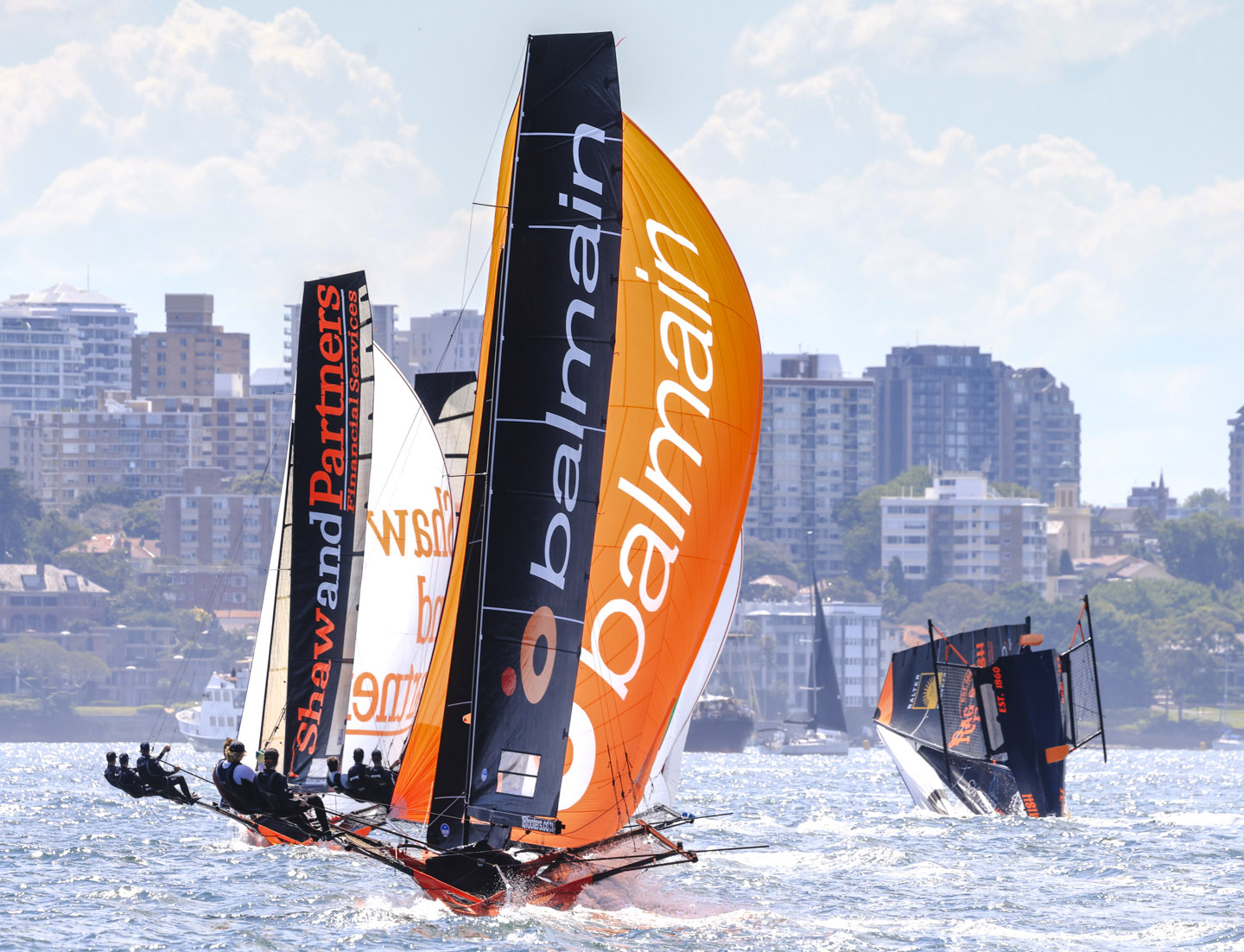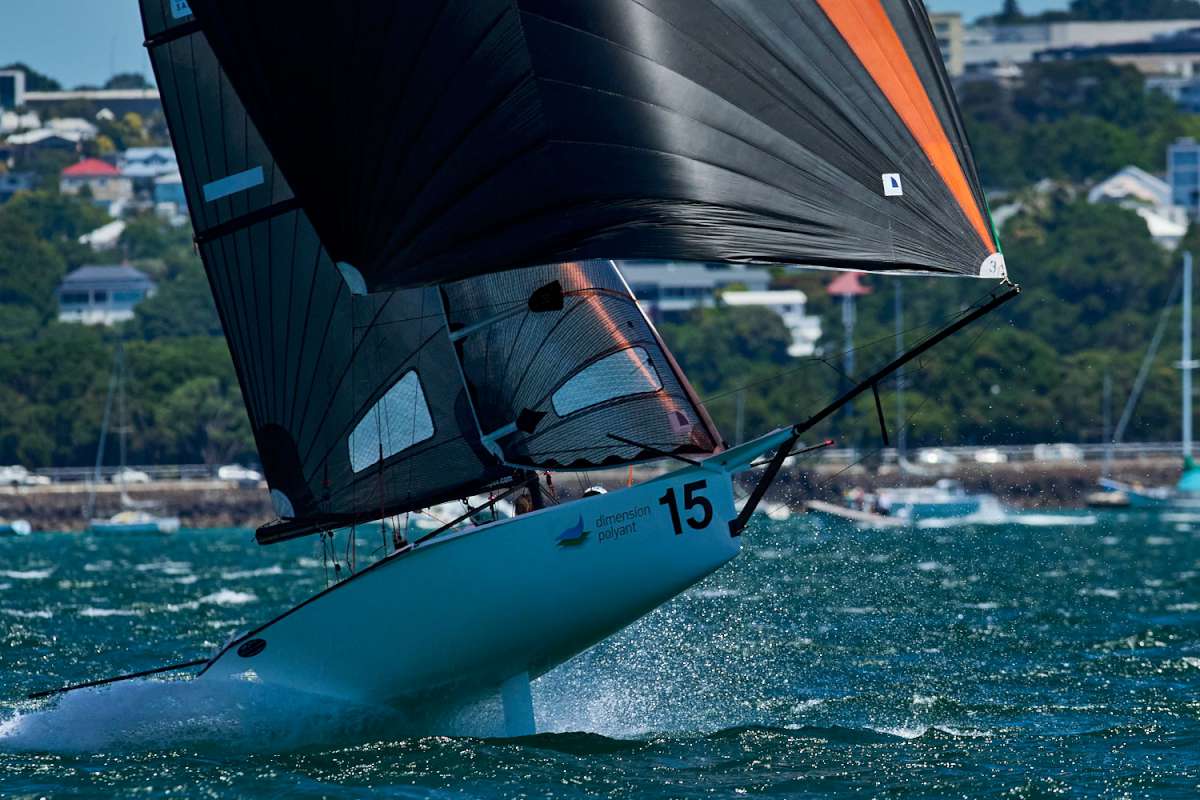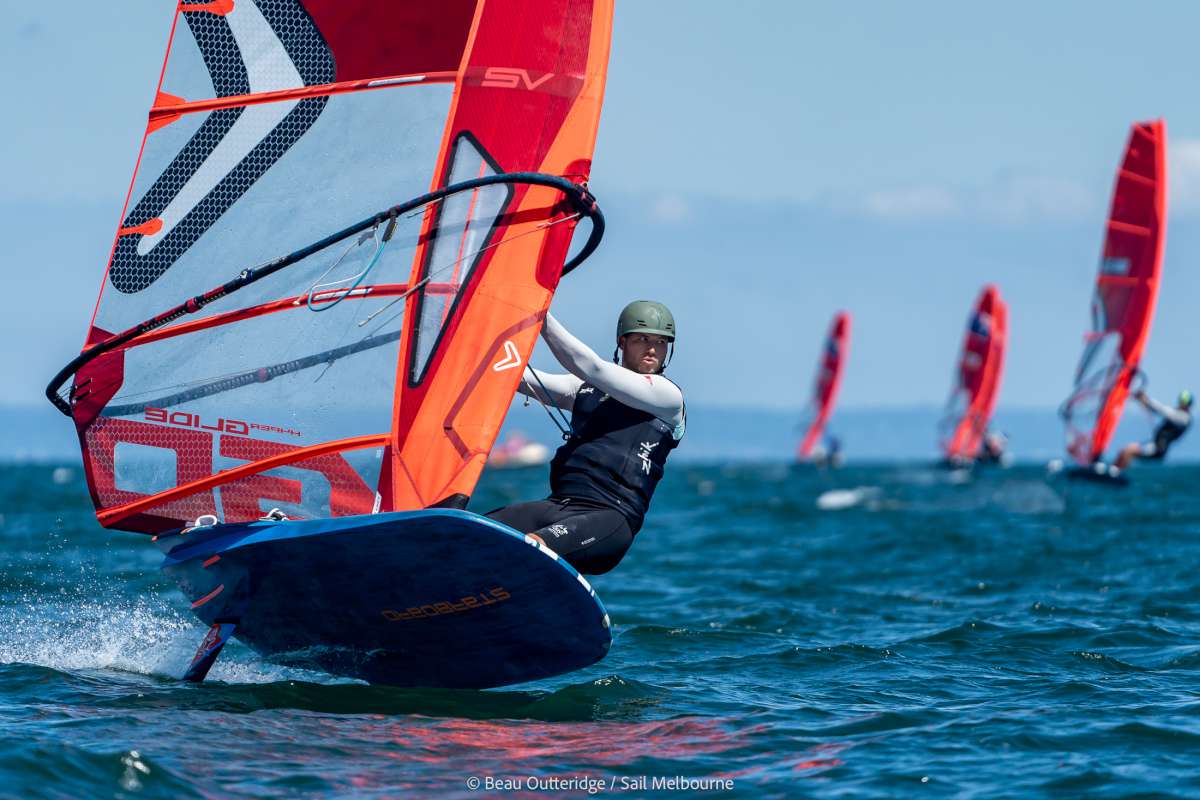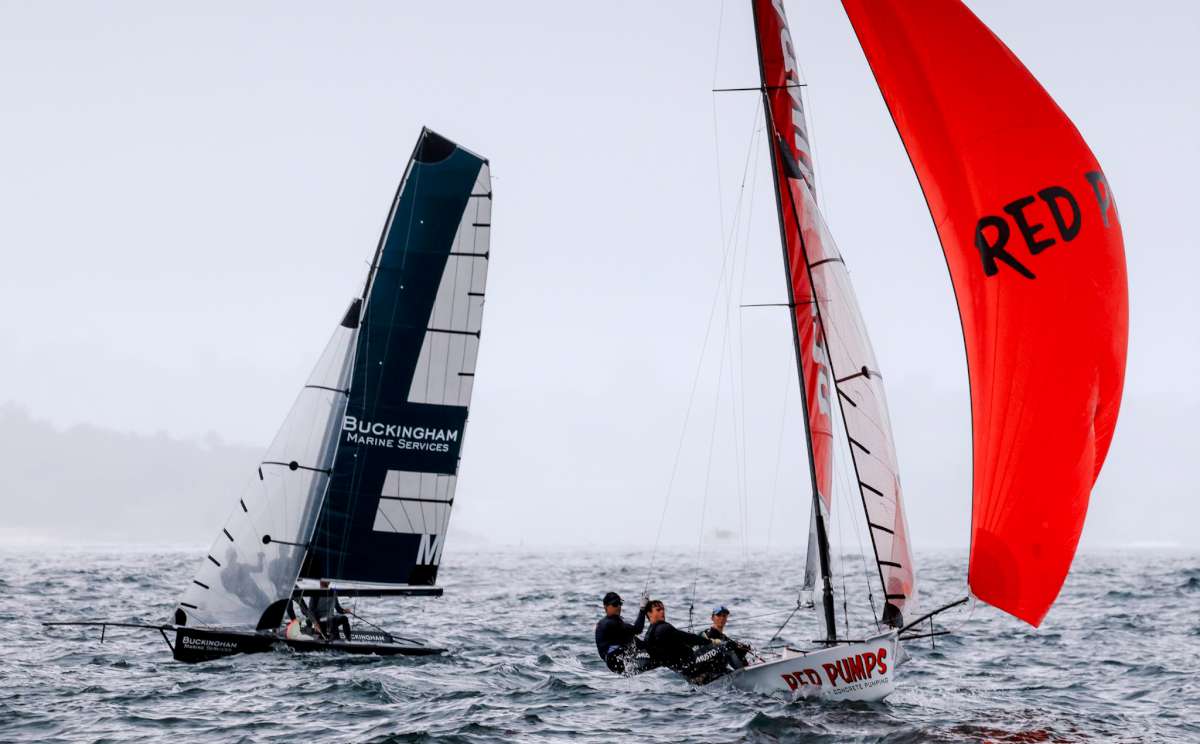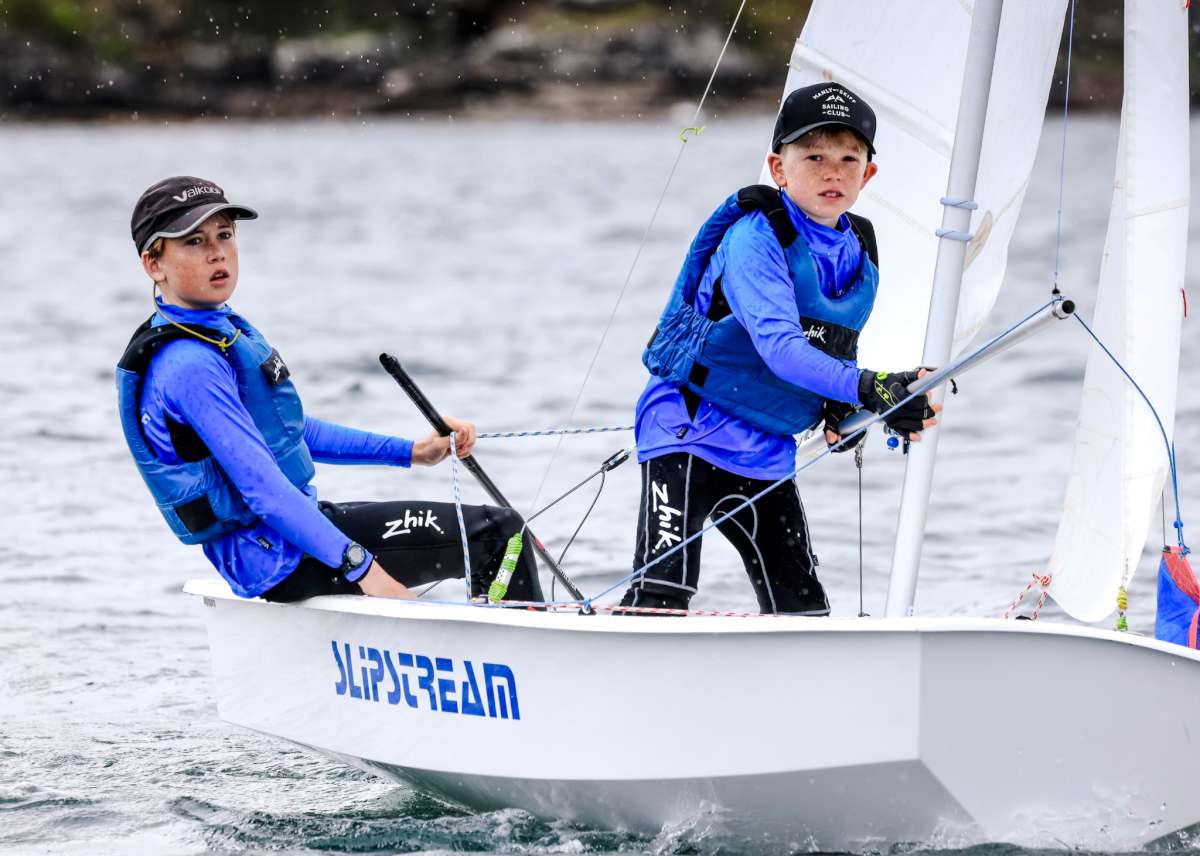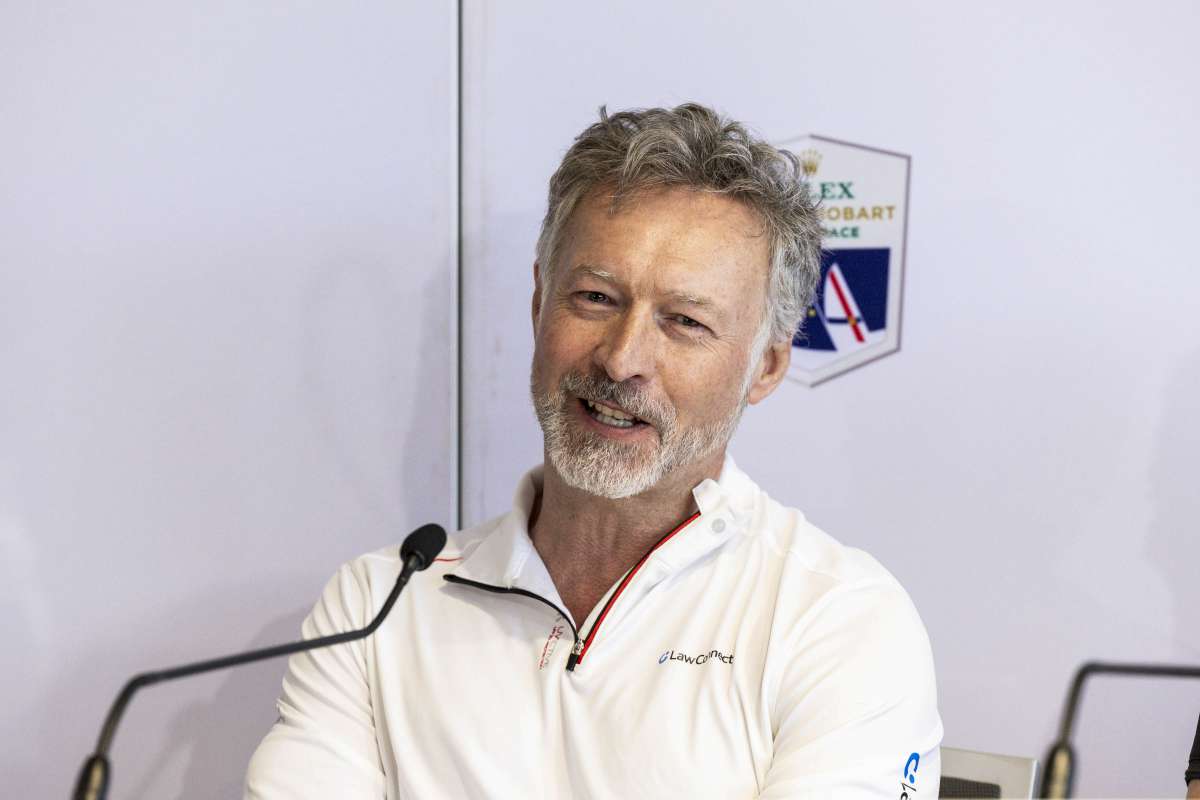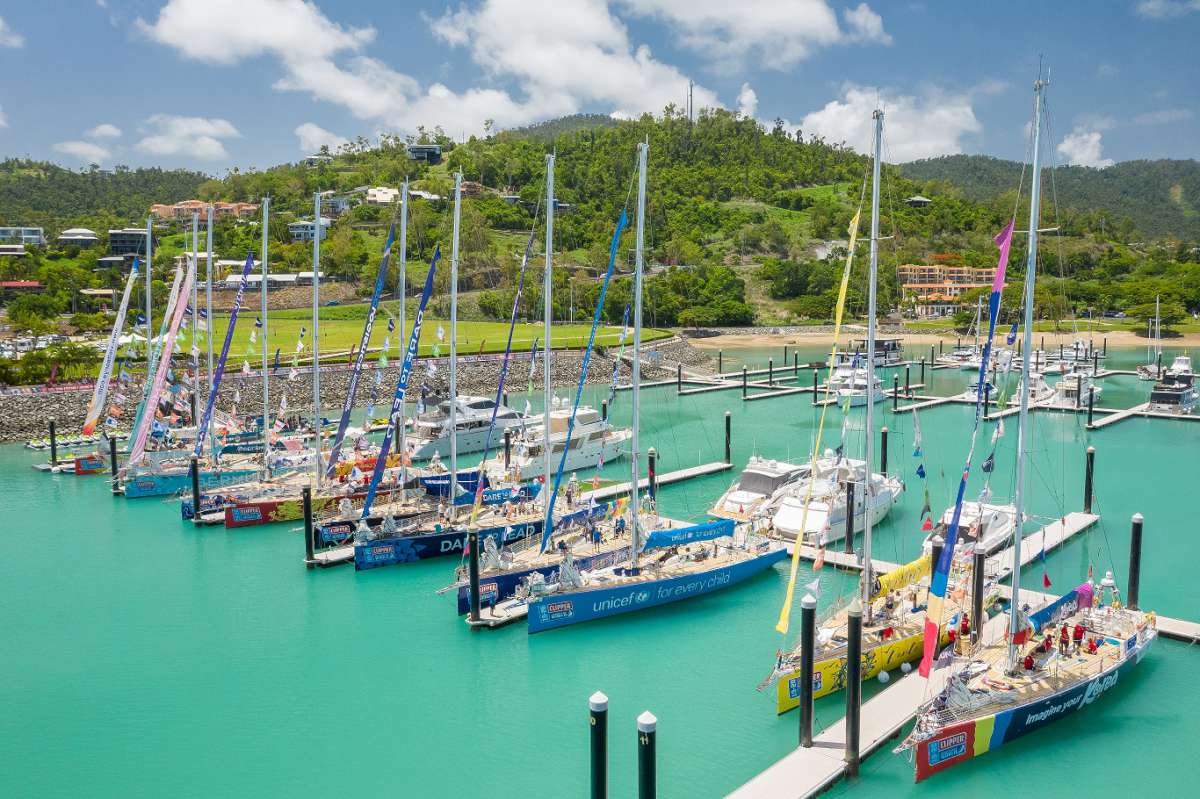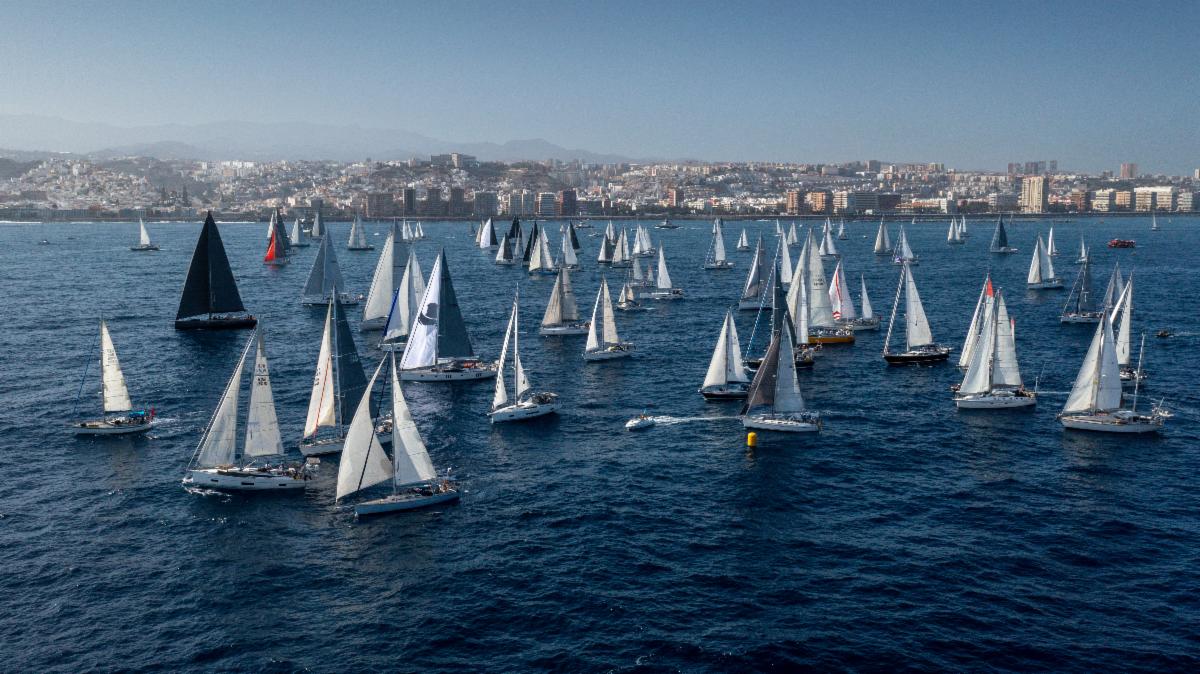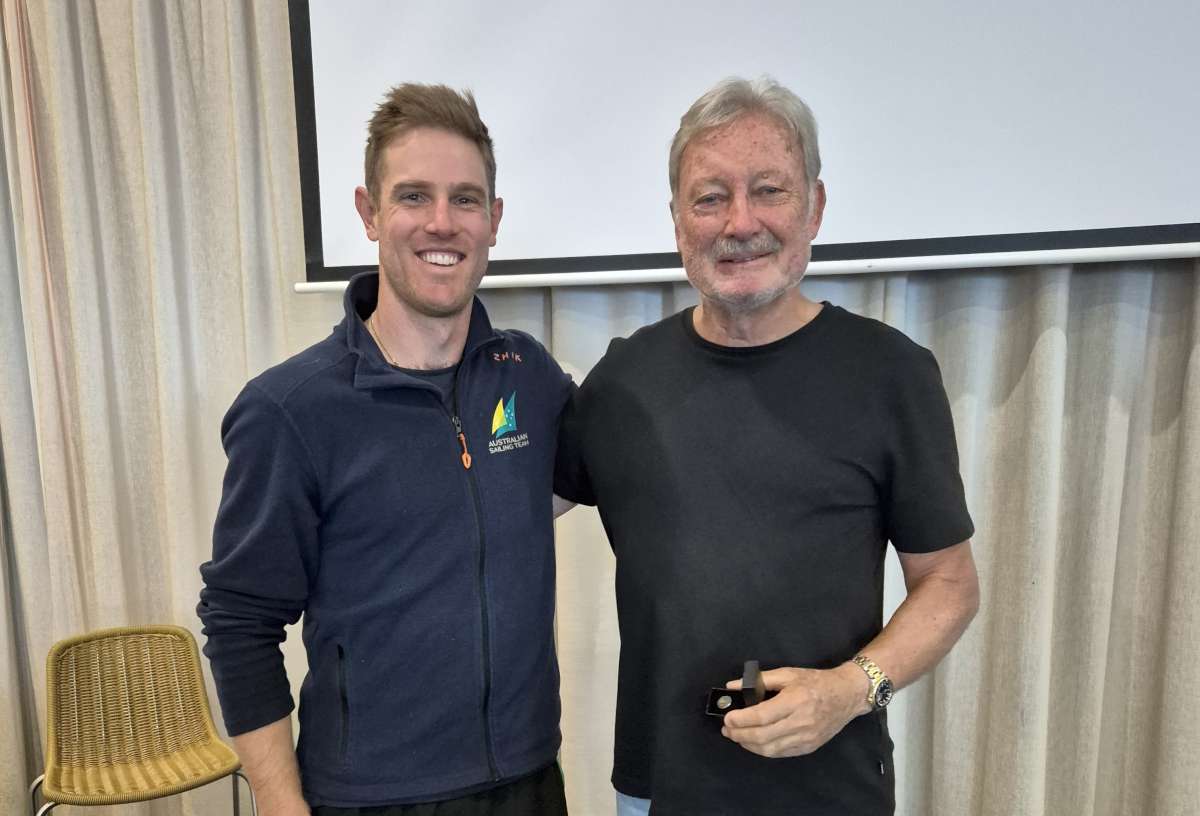The top of what you may ask? The top of Australia and, for a lot of people, the very tip of Australia is the highlight of the trip.
Cape York is not only the name of the peninsula, it is the name of the cape on the northernmost point of the Australian mainland. It does get a little confusing at first, the big piece of mainland is called Cape York Peninsula and on the very tip is Cape York proper.
It is a ruggedly beautiful place on the northern most tip of a rocky headland, about 15 minutes’ walk from the beach over a well-worn track. There are some picturesque views out over York and Eborac Islands and in the background
is the blue green waters of Torres Strait.
On the very tip of Cape York is the sign stating, ‘You are standing at the northernmost point of the Australian continent’. I am sure if you were there on a day where the wind and seas were up you could get wet trying to take a photo at the sign as the sea tried to funnel between the mainland and York Island.
For many people, the tip of Australia and having your photo taken while standing next to the sign, is the target of the whole Cape York trip: been there done that and have a photo to prove it. Who can blame them it is a long way to go either by sea or by land. It’s worth bringing a thermos and snacks and sitting down to enjoy the view and your achievement.
I think it is such an appealing place you may well want to spend some time here instead of just quickly walking to the sign and back, like some of the tourist day-trippers need to do before being whisked away to the next photo opportunity.
On the way to the tip along the track are numerous cairns to mark the way, we have seen lots of these on our travels up the coast but not quite as large as what we saw here.
We were there in the dry season and so were dozens of 4×4 enthusiasts who had battled their way up Cape York Peninsula to the tip in what is possibly the 4×4 trip of a lifetime. We did find it amusing putting ashore in the tender and watching the faces of the drivers standing in the carpark as they must have worked out we had sailed there. I guess they had not thought of that.
Sail we did, it was great sailing up behind the reef. Even though we had the wind pushing us along there was never a great amount of swell due to the protection afforded by the reef, so we were able to make good speed.
Heading north
We had been day-hopping our way up the coast and had stayed the night in the Escape River with a fantastic quiet night anchored down the back of the river near the red patch on the shore. The depths were good going in and we were well protected from the SE trades that were blowing pretty well when we pulled in.
The only obstacles were the floats and platforms used by the pearl farmers, but it was not hard to steer around them as we were entering in daylight; however, at night it may be a different story as there did not appear to be any lights on the floats.
There was no rush to get going in the morning because we needed to have an incoming tide to go through Albany Passage. Albany Passage is situated between the mainland and Albany Island, about fourteen miles north of the Escape River.
If the tide is with you it can be a quick trip through the passage and on to your destination. But if you get it wrong you may almost come to a complete standstill. The currents can reach up to five knots in the right conditions.
We could easily see the tidal flow at the entrance to the passage when we got there, the tide line was a quite pronounced line of foam and shimmering water. Once we were in the passage proper we zoomed through the passage at a steady seven to eight knots; we did also motor to give us enough propulsion to keep steerage. Once through the passage we unfurled the head sail turned off the engine and started sailing to the northwest with the final destination Cape York.
Top performance
Cape York is almost exactly halfway between the Escape River and Thursday Island Harbour, approximately twenty miles to either. There are more than two ways to get into the bay but I will only discuss the ones when coming from the east.
The first is through the narrow passage between the mainland and York Island, the other is to go around both Eborac and York Islands. We did not go between the mainland and York Island, though one of the catamarans we were travelling with did and they said there is good depths if you keep close to the mainland to miss the large submerged rock.
The other entrance into the bay can be found by staying close to the west side of York Island where good depths can be found. We tried several times to enter by what we first thought was coming in close to the island but each time we touched the bottom until we moved very close to the island.
Another vessel turned up not long after we had the anchor down and tried several times to get in, we tried to contact them on the VHF to give them a hand but they did not respond. When travelling in remote areas it is a good idea to have your radio on scan, you never know, someone may try and contact you.
The waypoints supplied (see breakout box) were taken from the track as we entered, there was another boat in the bay when we got there and they were anchored over more to the west. So, once through the entrance, there appears to be a lot of room.
The chart shows a twenty metre patch in the bay but we did not find it, however we have talked to others who say it is still there. After talking with the couple on the other boat, Dan and Carol, it appears they draw the same amount of water as we do and, at two metres, we had plenty of depth when entering. I did not note it down at the time but, from memory, I seem to recall we had at least two metres under the keel when we anchored.
If you get up this way and take the tender to shore, know the beach dries a long way out at low tide. It is marked on the chart but we think there may have been even more shoaling since the chart was printed. So if you are headed in to the beach on a falling tide be prepared to carry or push the tender a fair way out back into the water.
Do not follow the waypoints blindly, they are for reference only. On the day we entered there was enough depth under the keel for a two metre draft vessel, you however will need to judge for yourself on the day.
Where is the croc?
Back to the bit in the title about the crocodile, during our trip north so far we had only seen one crocodile, even though we had sailed from Brisbane to the very tip of Australia. While we knew they were around we had only spotted one.
That was when we were in Cairns preparing for the rally to Indonesia, we spied a large croc on the river bank and were able to take a few photos as we kept a safe distance away in our inflatable dinghy. But our luck was about to change and, as we were in the tender headed back to the boat after our walk to the very tip of the Australian mainland, out of the corner of her eye Deb saw a bird she had been trying to photograph for some time standing on the rock in the bay.
Usually the problem with this type of bird was they never seem to stay still long enough for her to get out the camera. Since we were some distance from the bird Deb was able to set up the camera and, as she was zooming in, she noticed this beautiful croc sitting right on the big rock in the bay next to the bird. I think he liked it out here away from the consistent buzz of 4×4 vehicles as they came in for a quick photo shot with the sign before zooming off to their next stop.
Even though the bird flew away it was quickly forgotten about as we circled the rock for the next couple of minutes, we were able to inch closer and take some great shots. While ours were good, Dan off the vessel Sentinel had his good camera with him and was able to capture some fantastic shots. So after returning to the vessel feeling very good with the way the day had turned out, it was time to pick up the anchor and head out to Thursday Island.
The top is over the top
Doing a little research I was able to come up with a good cross-section of Cape York Peninsula’s history past and present. It is believed to be one of the largest unspoiled wildernesses in the northern part of Australia and one of the last remaining wilderness areas on Earth.
I am not surprised, you would need to be pretty tough to live up here all year round; while there are some who do, a lot have packed up and left or not packed up but just left. If it is not hot and dry it’s hot and wet and, while it is very remote, it is also isolated for months at a time once the wet season closes the roads.
When we sailed close to the coast we were surprised to see so much different flora, in some areas there were what looked like huge fields of flowers. Then in others the bush came right down to the water’s edge and it looked so much different than the southern scrub. The landscape was also amazing with rugged mountain ranges and then enormous white sand dunes as a backdrop to vivid white sandy beaches.
Indigenous history, while there are different theories I have tried to keep it simple, it is a widely held belief that the Aboriginal people came to live in Australia between 30,000 and 120,000 years ago. They were thought to have come across the land bridges that then existed between Papua New Guinea and the tip of Cape York.
While we talk of bridges they may not have walked the whole way, there may have been shallow channels to swim or wade across along the way. It is also believed that the Torres Strait Islander people arrived much later, maybe as little as a 1000 years ago. They now mostly live in the northern townships on Cape York Peninsula and on the Torres Strait Islands.
If you spend some time around them you will see that the appearance is different than the mainland Aboriginal people. Their culture is also different and they only have five different languages.
Early sea explorers, Captain James Cook arrived in 1770 and sailed along the eastern coast of Australia and claimed eastern Australia for England on Possession Island, which is only about nine miles west of Cape York.
Possession Island may be worth a visit, it is only three miles long and has a monument to Captain Cook about taking possession of what he referred to as New South Wales down to 38 degrees latitude. European explorers were also circulating in the waters of northern Australia in the early 1600s and perhaps earlier as they were already travelling along the archipelago of Indonesia; it would not have been out of the question for them to travel a little further south and land in Australian waters.
Pearling was a big industry in northern Australia and one of the places where it flourished was the Torres Strait Islands off the tip of Cape York. It brought many different nationalities to the area, but pearling was started with indigenous people who would gather the pearl shell up in the shallow waters. If you are travelling up this way drop in to Thursday Island for information about the pearling history.
Facilities available
Even though the tip of mainland Australia is very remote we were able to make a mobile phone call if we stood on the hill just up from the carpark.
Re-supply is available if you head out to Horn/Thursday islands. Fuel is available on either island but is cheaper on Horn Island at the fuel merchant.
We anchored on the Horn Island side out of the SE trades that blow at this time of the year (June). There is a great ferry service running between the islands and included in the price is a lift downtown on Thursday Island in the ferry company’s minibus.
You can stock up at the shops, fill up the gas bottle and we even got some plumbing bits at the hardware store. Then it was time for a reasonably-priced counter meal at the pub.
Should it be needed, medical help is available at the hospital on Thursday Island.
We anchored on Horn Island in a well-protected area near the beached old trawler
at S10°35.7407 E142°14.4358. ≈





